Animals are often subject to widespread misconceptions, with myths and exaggerated stories shaping public perception for decades. While some of these myths are relatively harmless, others can create unnecessary fear or dislike towards certain creatures, so here we’ll shed light on some of the most misunderstood animals in the world.
Snakes
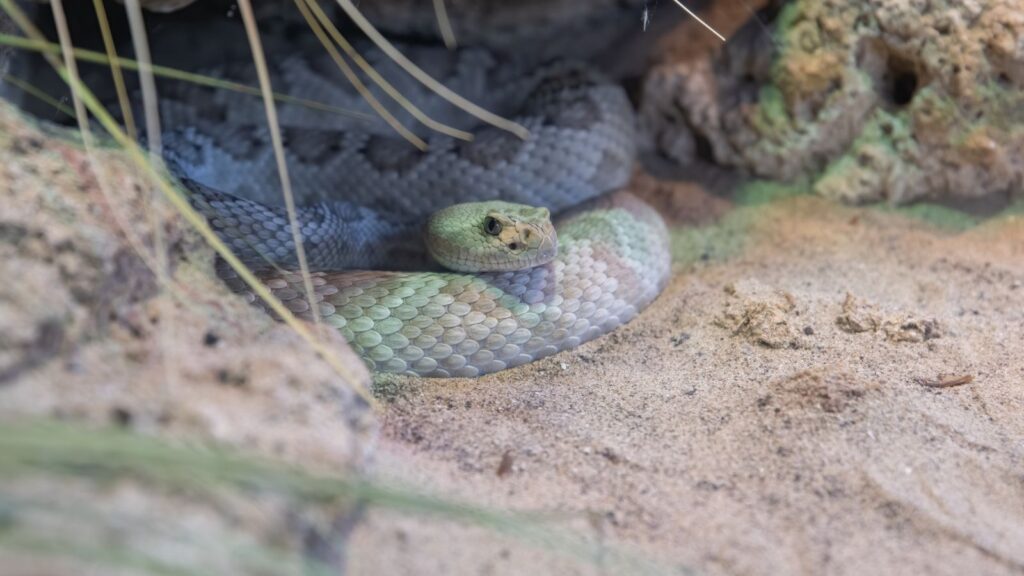
For millennia, snakes have fascinated people, but most species are harmless and nonvenomous. Out of the over 3,000 snake species, only around 250 are considered dangerous, with most snake bites occurring in tropical and subtropical parts of Africa and Asia.
Spiders
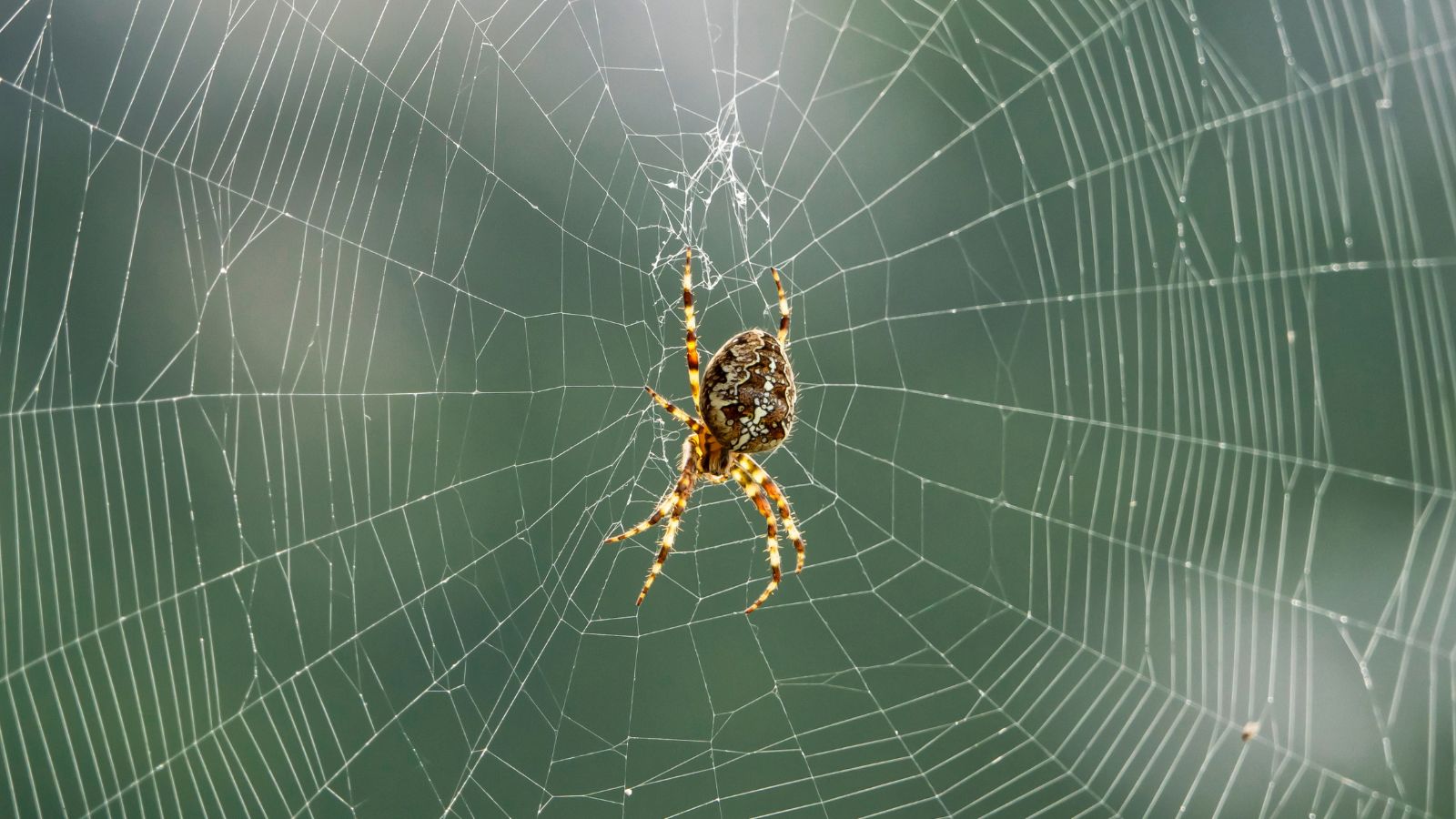
For arachnophobes, spiders are terrifying creatures that creep into their homes throughout the year. But they are great for pest control, eating insects like cockroaches and flies, and helping to aerate the soil, enriching it with vital nutrients.
Crocodiles
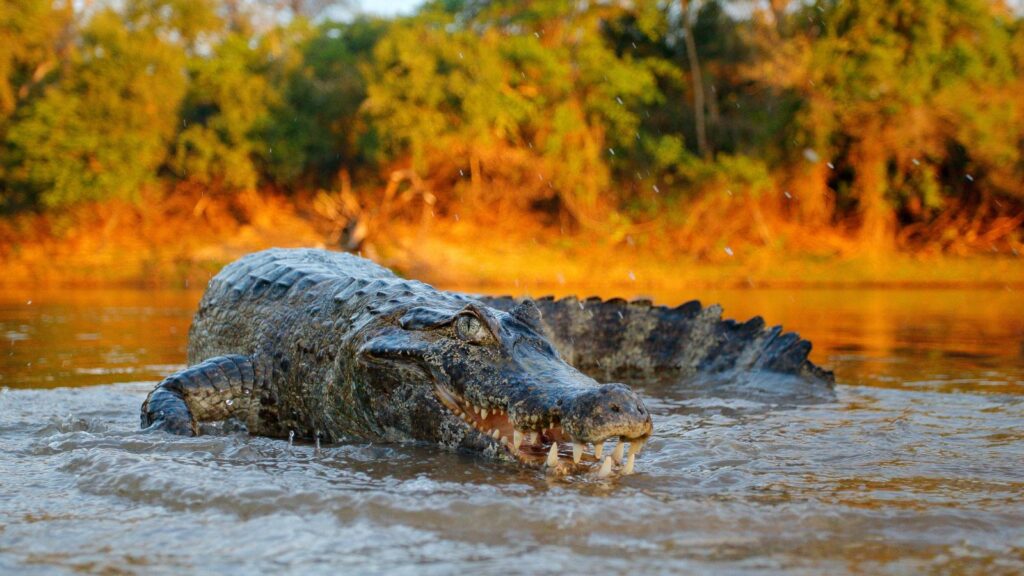
Crocodiles have a fearsome appearance and a powerful bite force, but they also have strong maternal instincts and are incredibly gentle with their young. They also date back 200 million years and lived alongside dinosaurs.
Pigeons
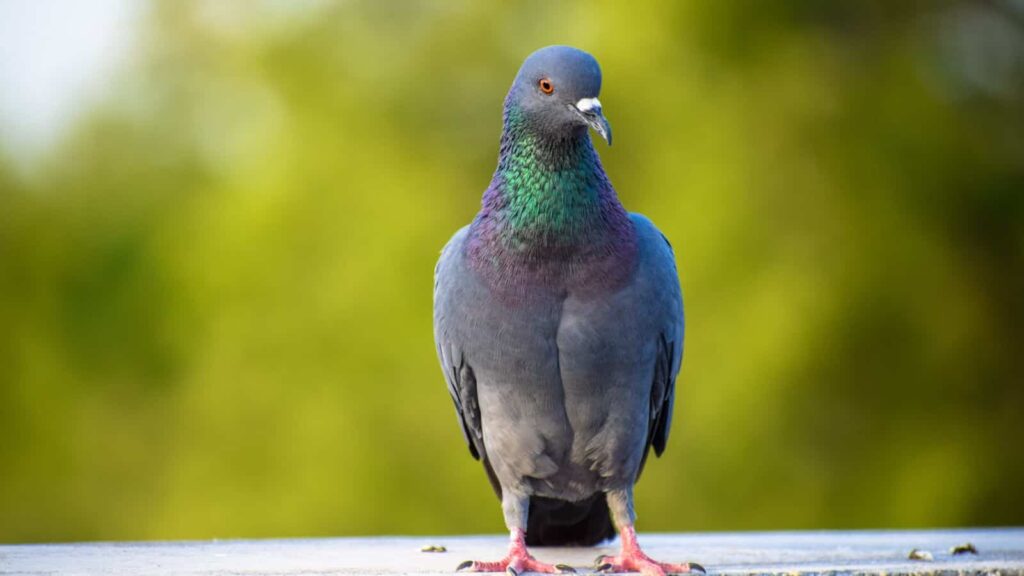
People who live in cities generally view pigeons as dirty pests that carry diseases and damage property. However, they have incredible navigation abilities that allow them to find their way home after flying hundreds of miles away. They’ve been used as messengers since 3,000 BC.
Bats
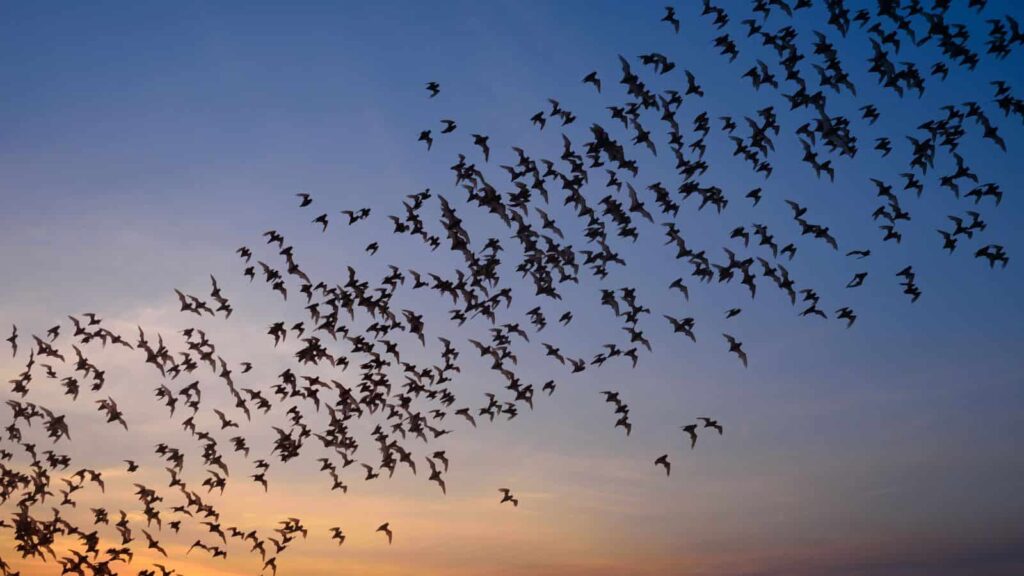
Bats have long had a bad reputation as pests that carry diseases like rabies and were alleged to be a potential origin for COVID-19. However, as Pest-End explains, they are unique animals: the only flying mammals, they navigate with echolocation, and they save America “between $3.7 and 54 billion in pest control services every year.”
Rats
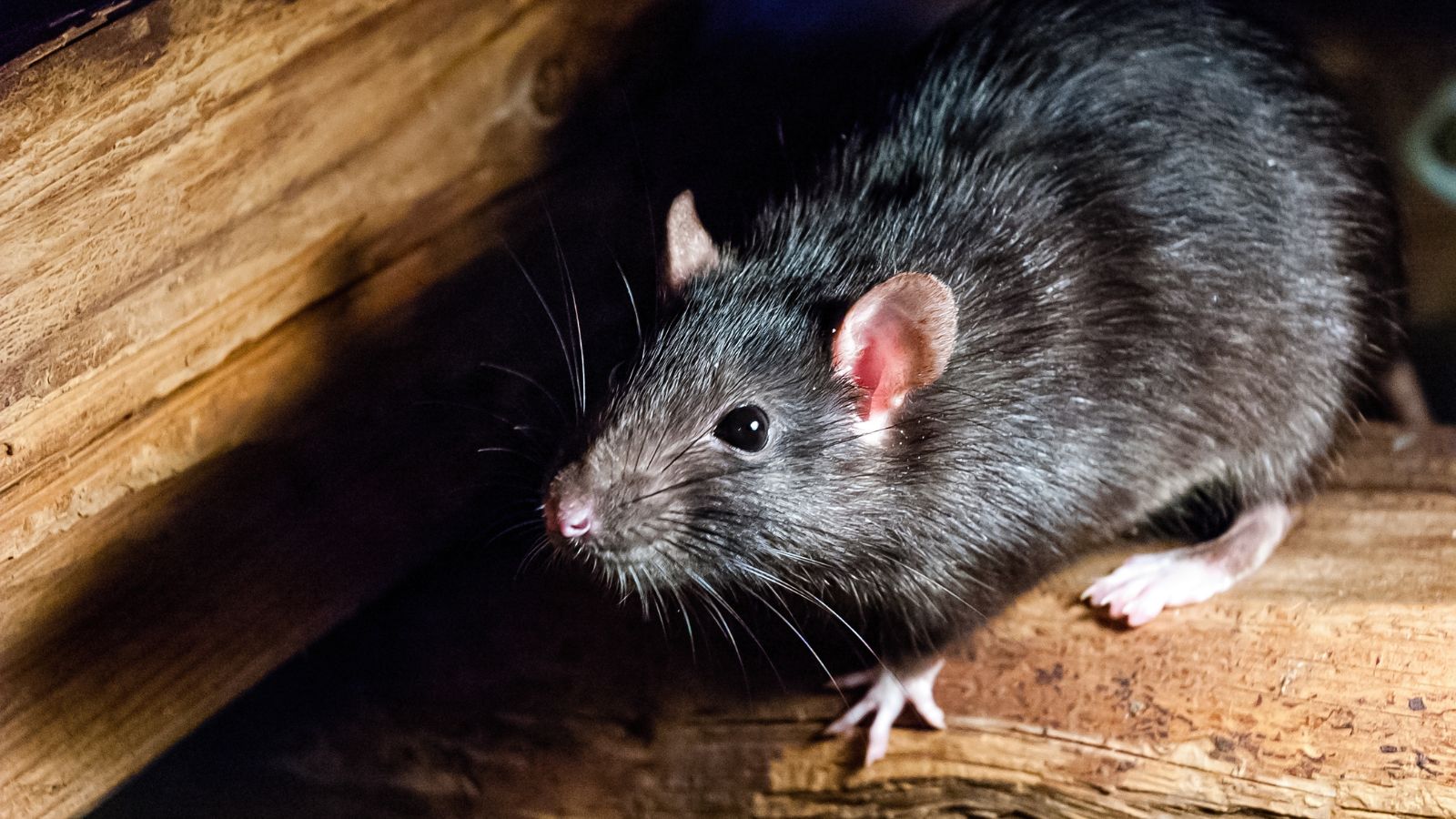
Rats are almost universally disliked and viewed as disease-carrying pests that plague towns and cities. However, they are intelligent animals with the ability to recognize themselves in mirrors, navigate mazes, and massively contribute to advances in medicine.
Sharks
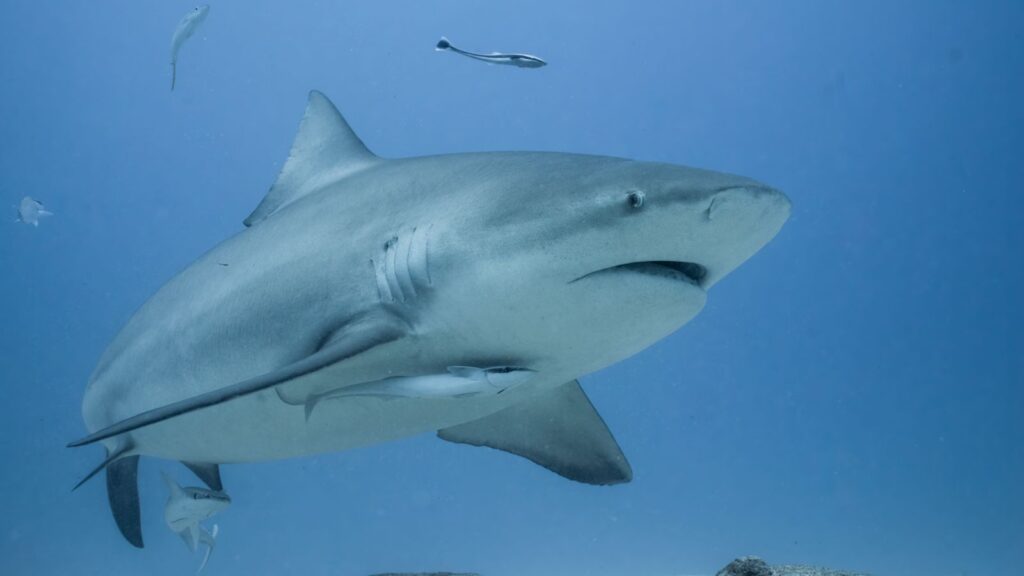
Despite their fearsome appearance, sharks only kill an average of 63 people a year, far less than mosquitoes, snakes, and even dogs. One Earth explains that sharks are a keystone species and “exert such a profound influence on their habitats that their absence would dramatically alter the entire ecosystem.” Without these apex predators, marine life would become unbalanced and less diverse.
Cockroaches
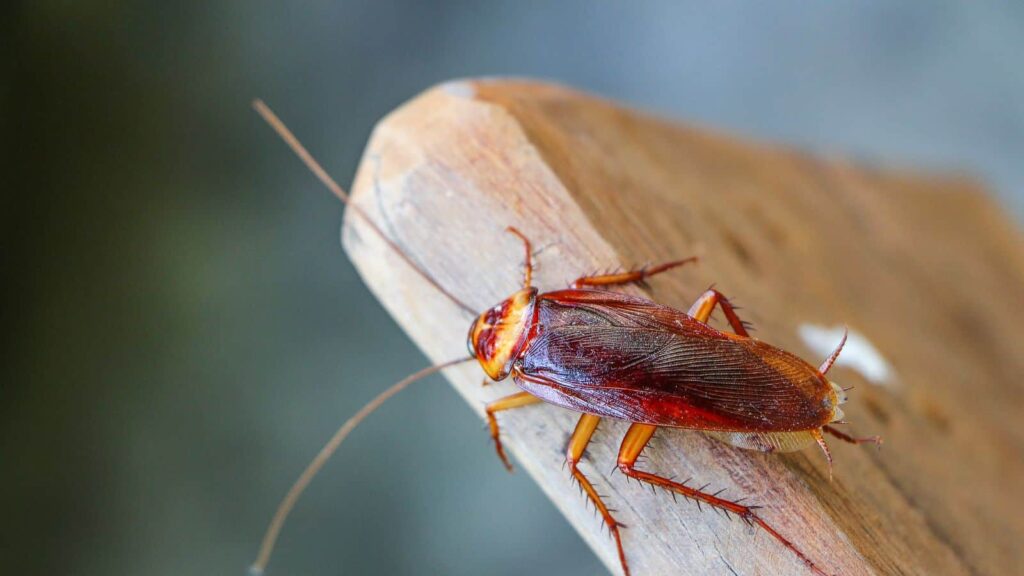
These insects are infamous for being nearly impossible-to-kill pests that spread over 30 kinds of bacteria. However, they’re also an important food source for lizards, birds, and natural composters that help produce nutrient-rich soil.
Vultures
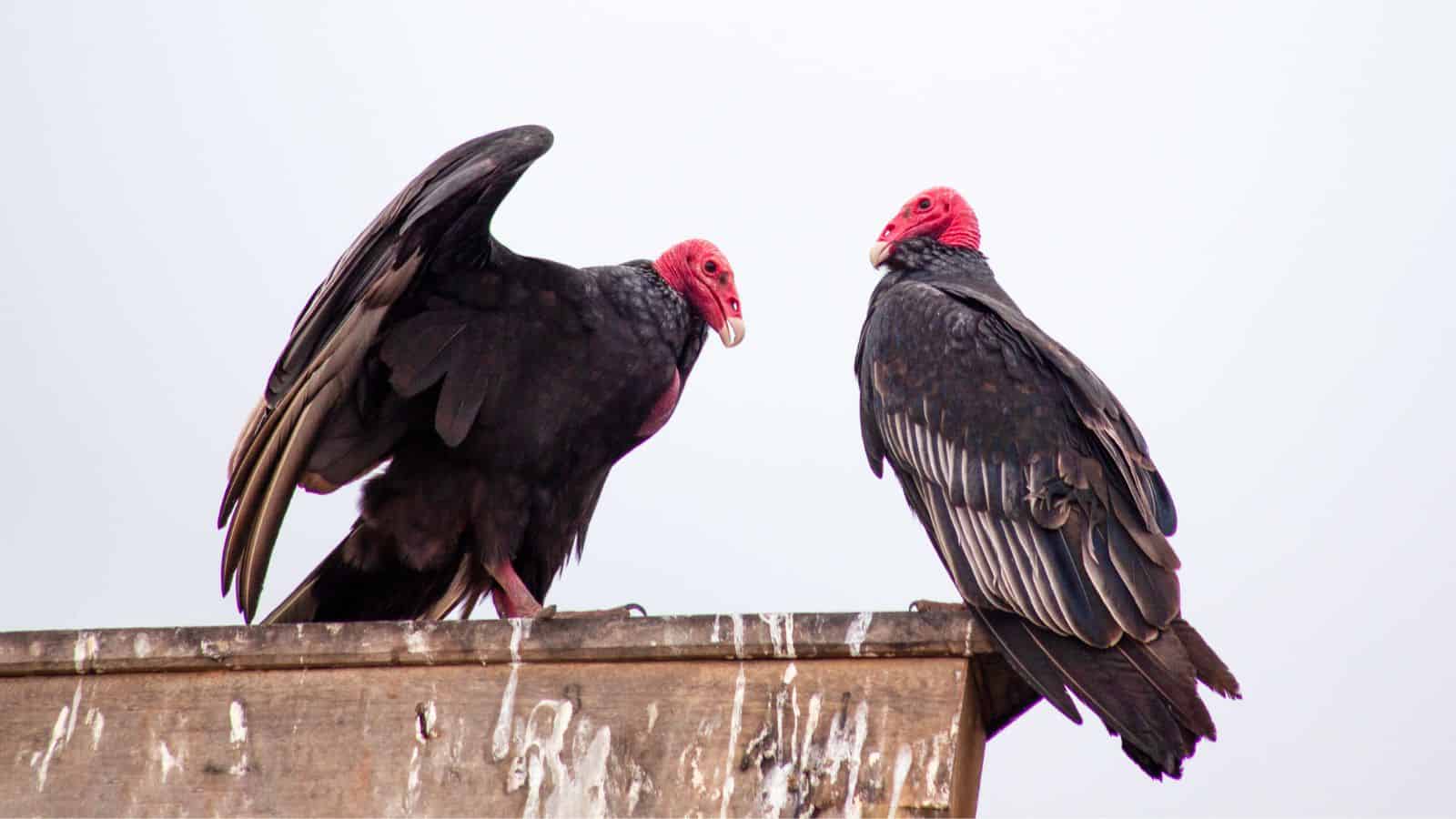
Vultures have a fearsome appearance and are synonymous with greedy, ruthless people who prey on others. The carrion-eating bird species are also celebrated as nature’s clean-up crew for eliminating toxic bacteria and diseases by eating animal carcasses.
Skunks
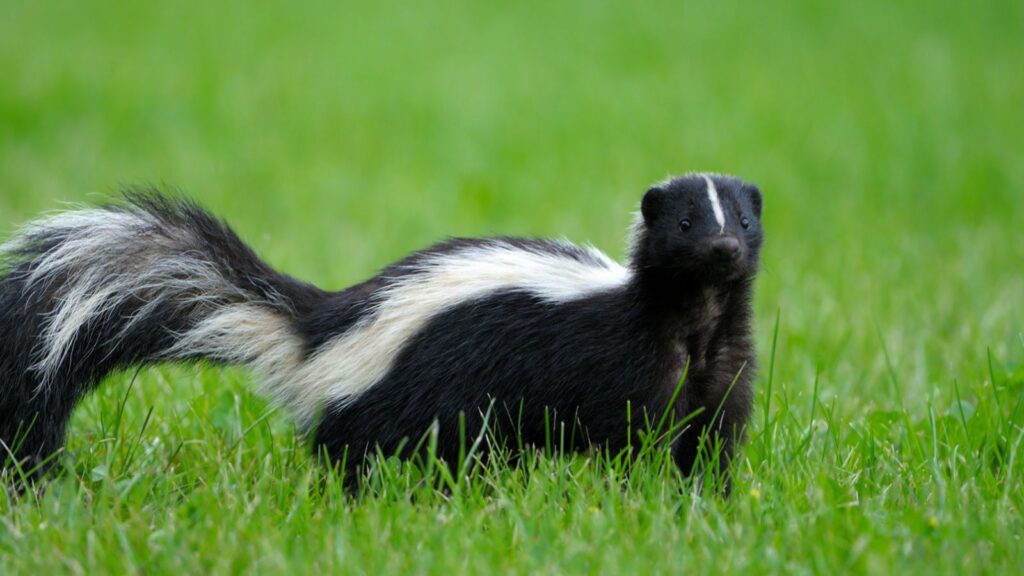
Skunks are famous for spraying people and animals with their long-lasting, foul scent. Britannica explains that a “skunk will go through a series of threat behaviors before it sprays,” stamping and occasionally charging at adversaries, and they also control the grub and insect populations.
Wasps
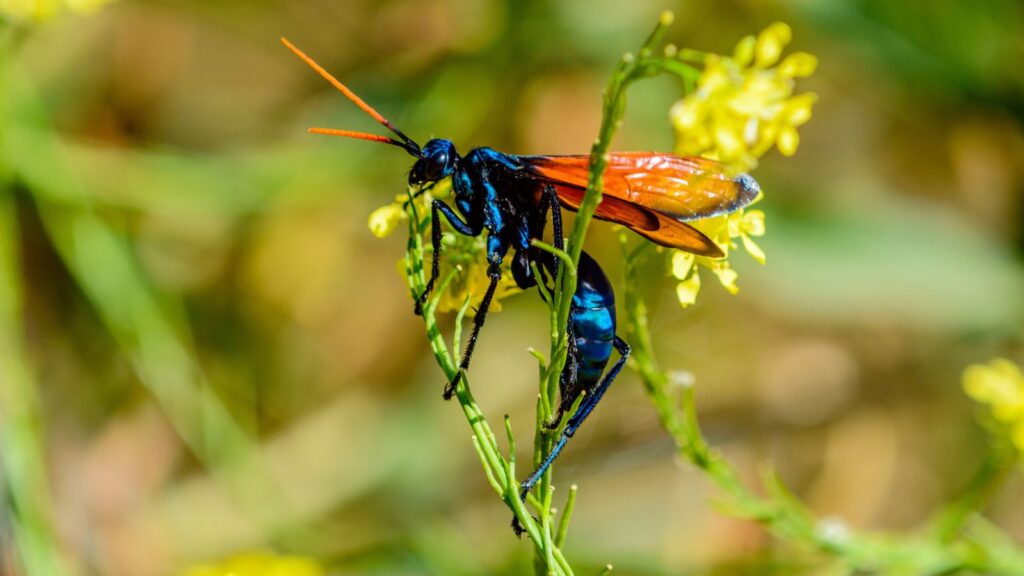
Wasps are often overshadowed by bees, but they are also major contributors to pollination. They also help to keep ecosystems balanced all over the world, providing natural pest control by eating spiders and insects.
Jellyfish
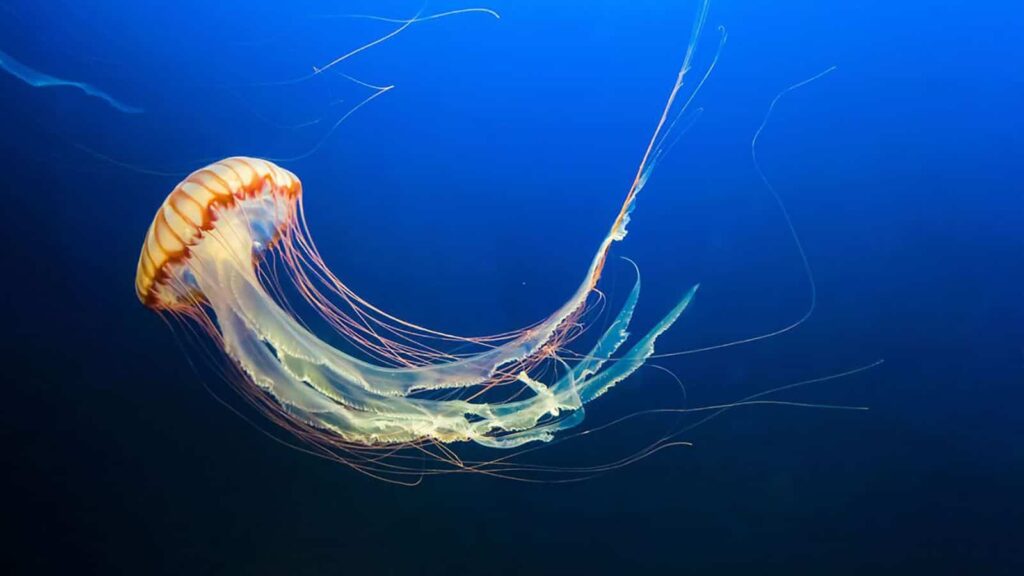
All jellyfish produce toxins that can sting humans, but only around 2% are seriously harmful. Vinegar, urine, and ice are often touted as treatments for stings, but rinsing the area with seawater before getting medical attention is more effective.
Hyenas
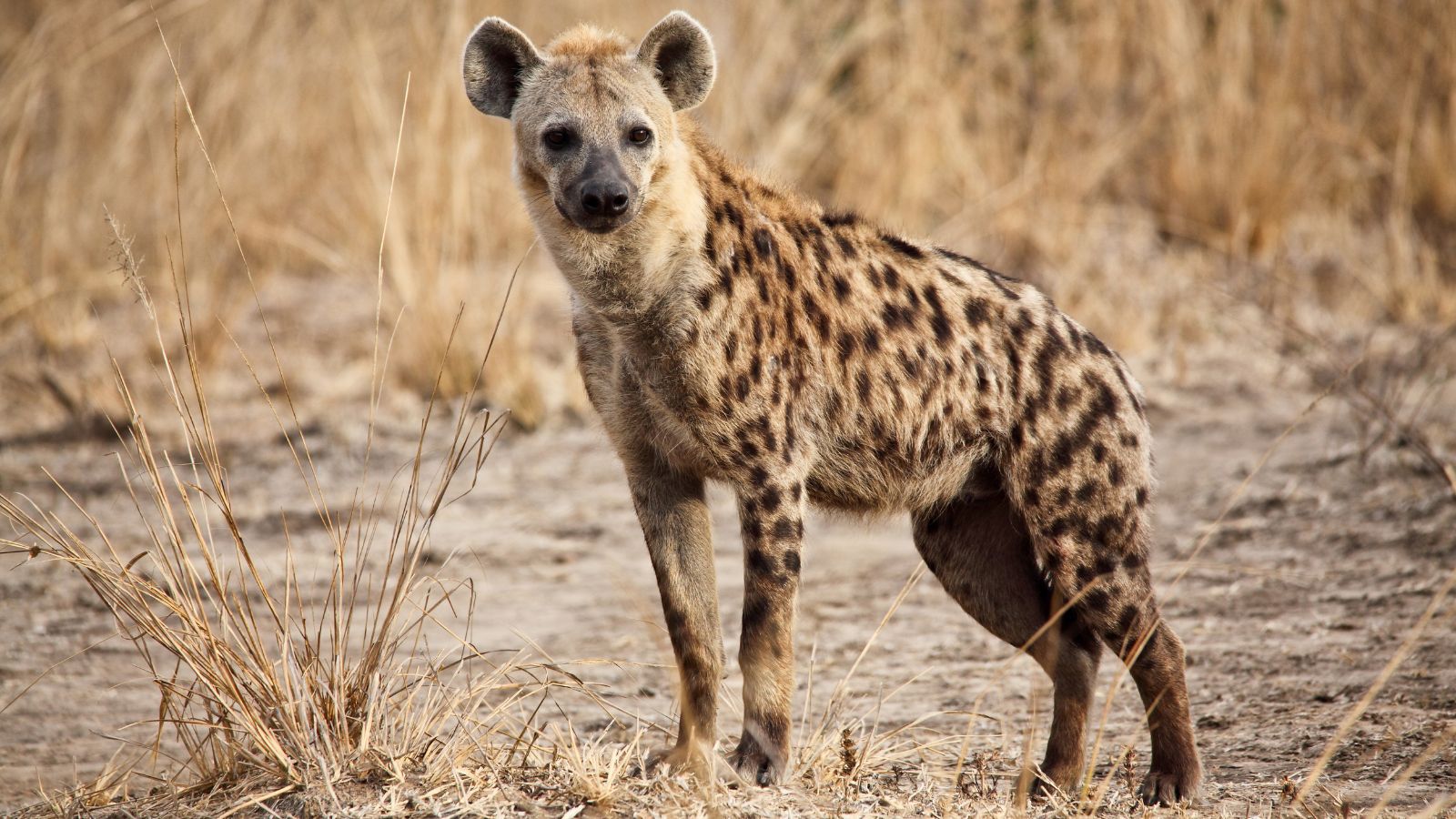
Hyenas are infamous for their vocalizations that sound like sinister laughter, but they’re widely misunderstood. Britannica explains that the “laughter” vocalizations, “rather than being associated with hyenas having a good time, are generally made when [they’re] threatened or under attack.”
Raccoons
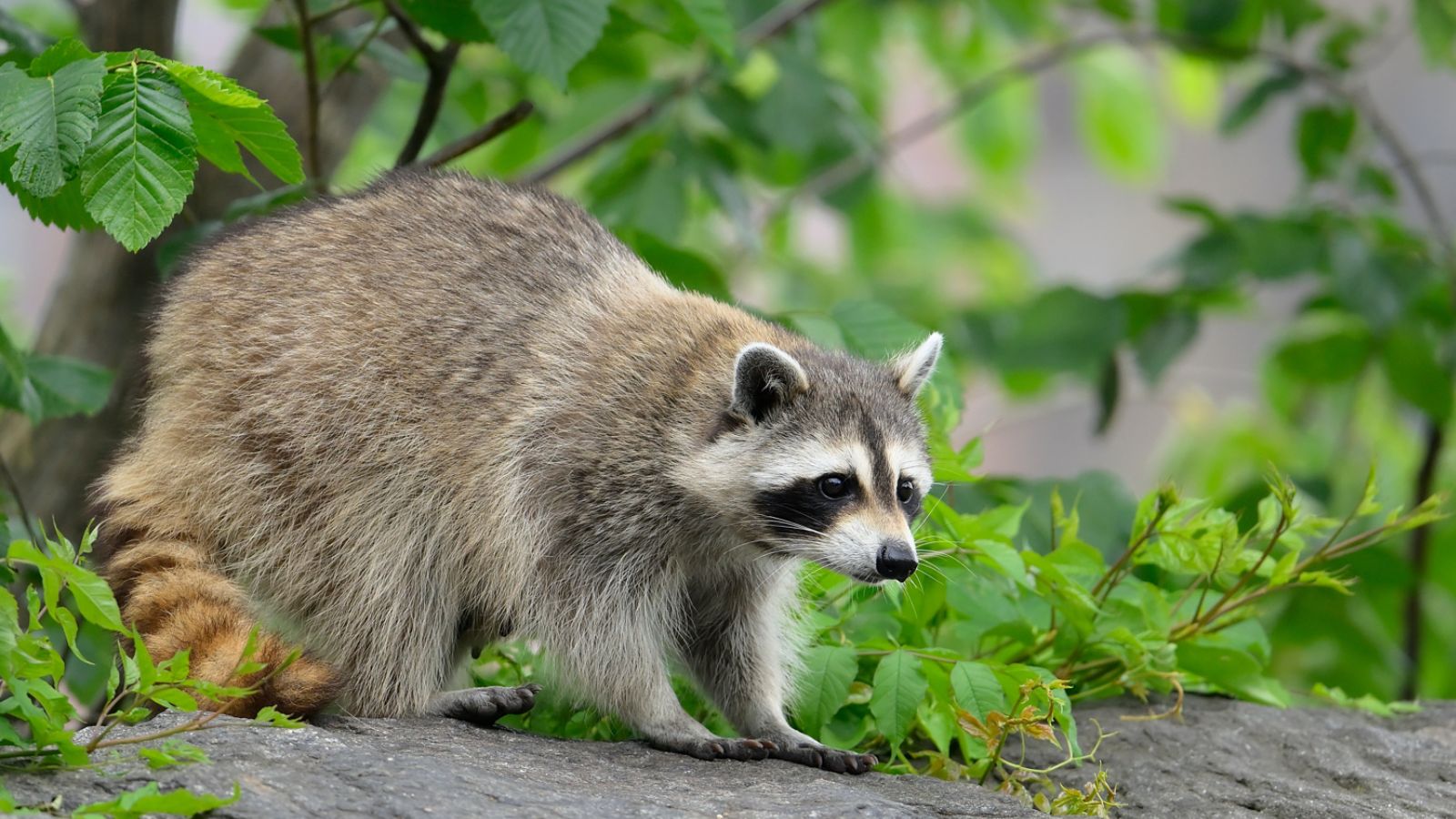
Raccoons, or ‘trash pandas,’ are often misunderstood by Americans. They aren’t strictly nocturnal, and raccoons seen during the day usually aren’t rabid; they’re actually foraging for food. They also don’t ‘wash’ their food. They dip it in water and roll it around their hands to check if it’s edible.
Wolves
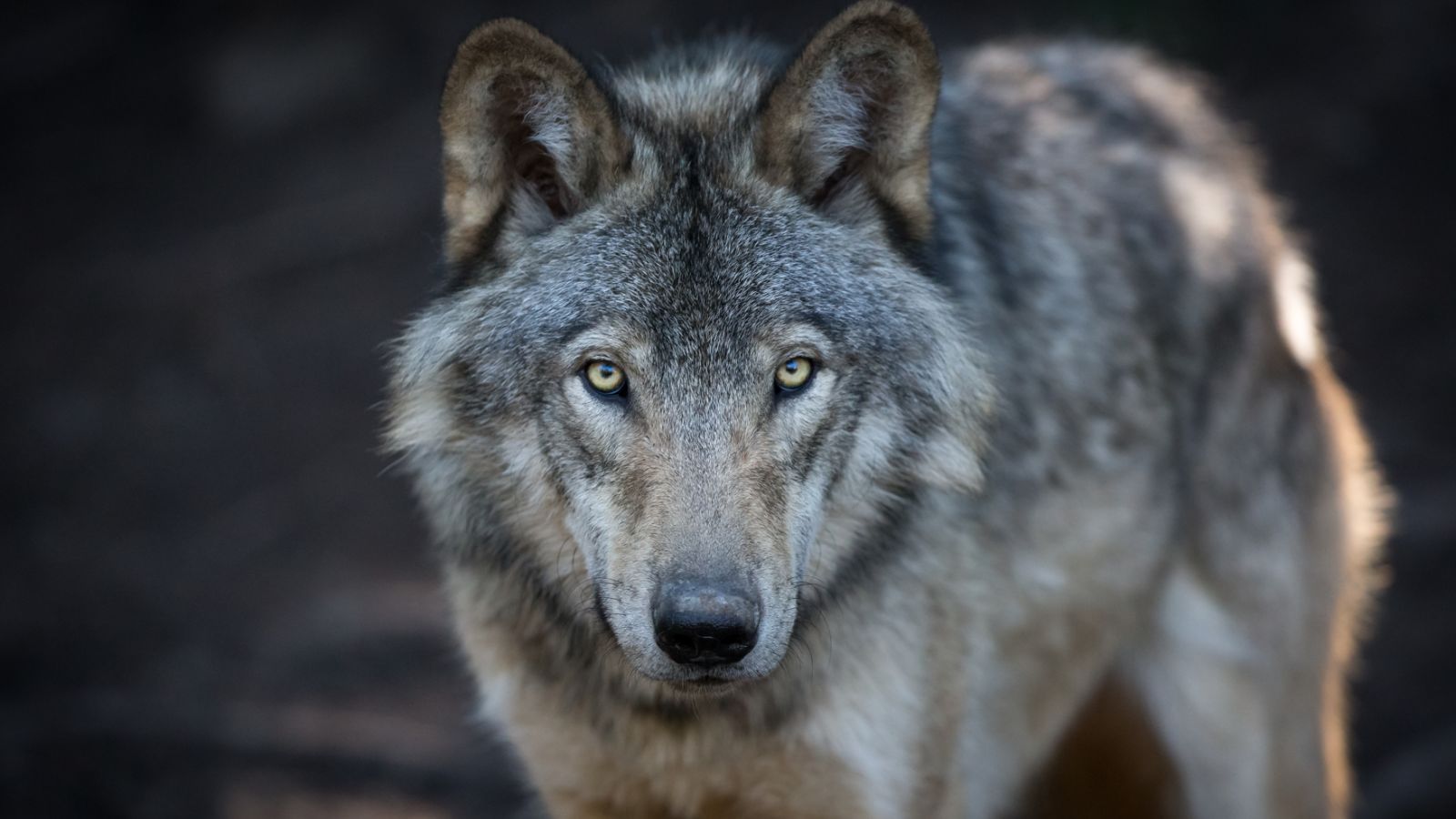
Wolf packs are usually imagined as being led by the “alpha,” a leader, but their social structures are more complex. Science Friday explains that the world latched onto the “catchy new scientific term,” which “described the top dog that clawed its way to the top of its pack,” but that the idea was debunked 25 years ago.
Moths
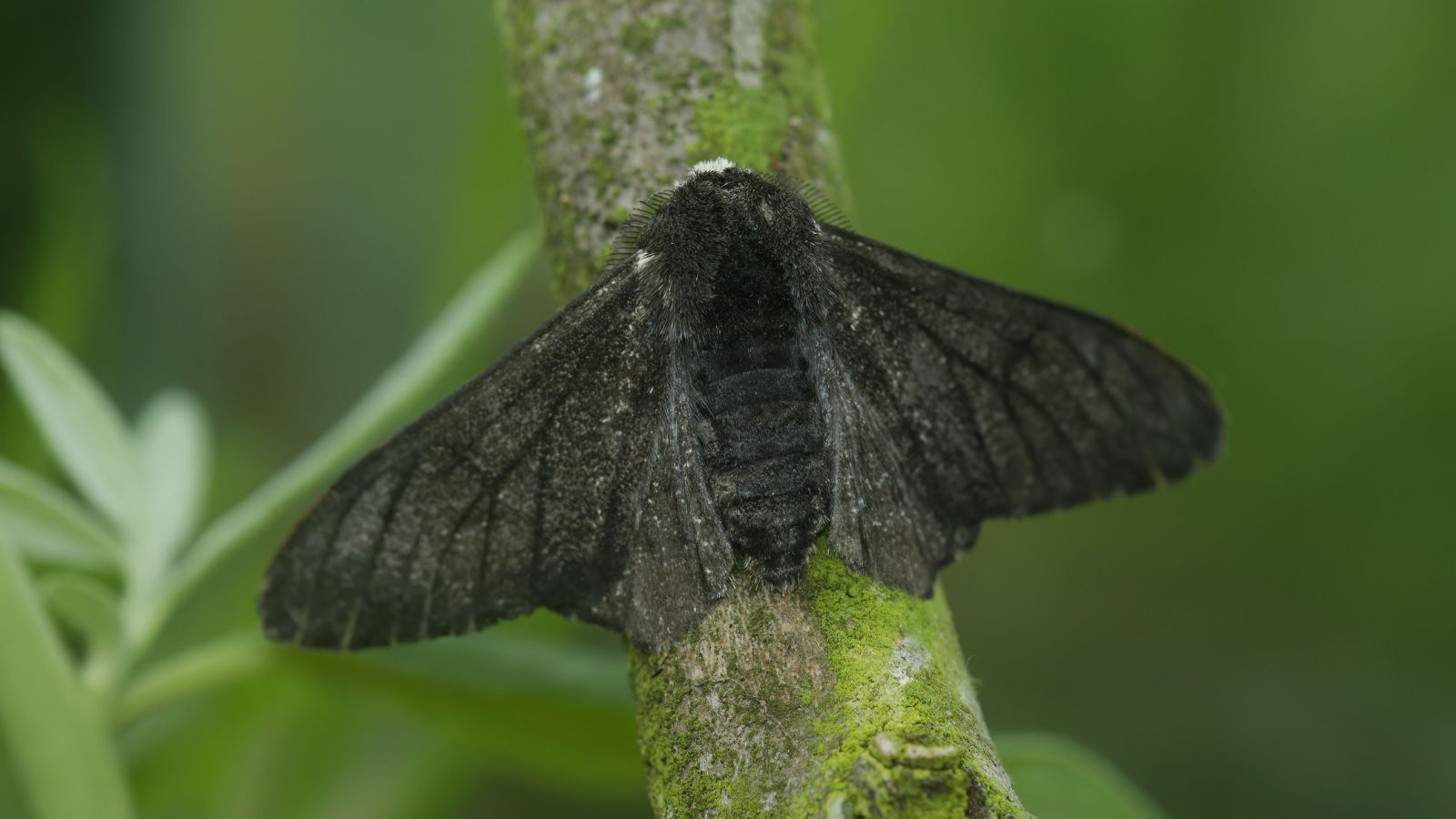
Having a moth stuck in the house, flying into a lamp, or eating your clothes can be annoying, but they also have some positive aspects. They’re efficient pollinators; recent studies suggest they are more effective than bees.
Owls
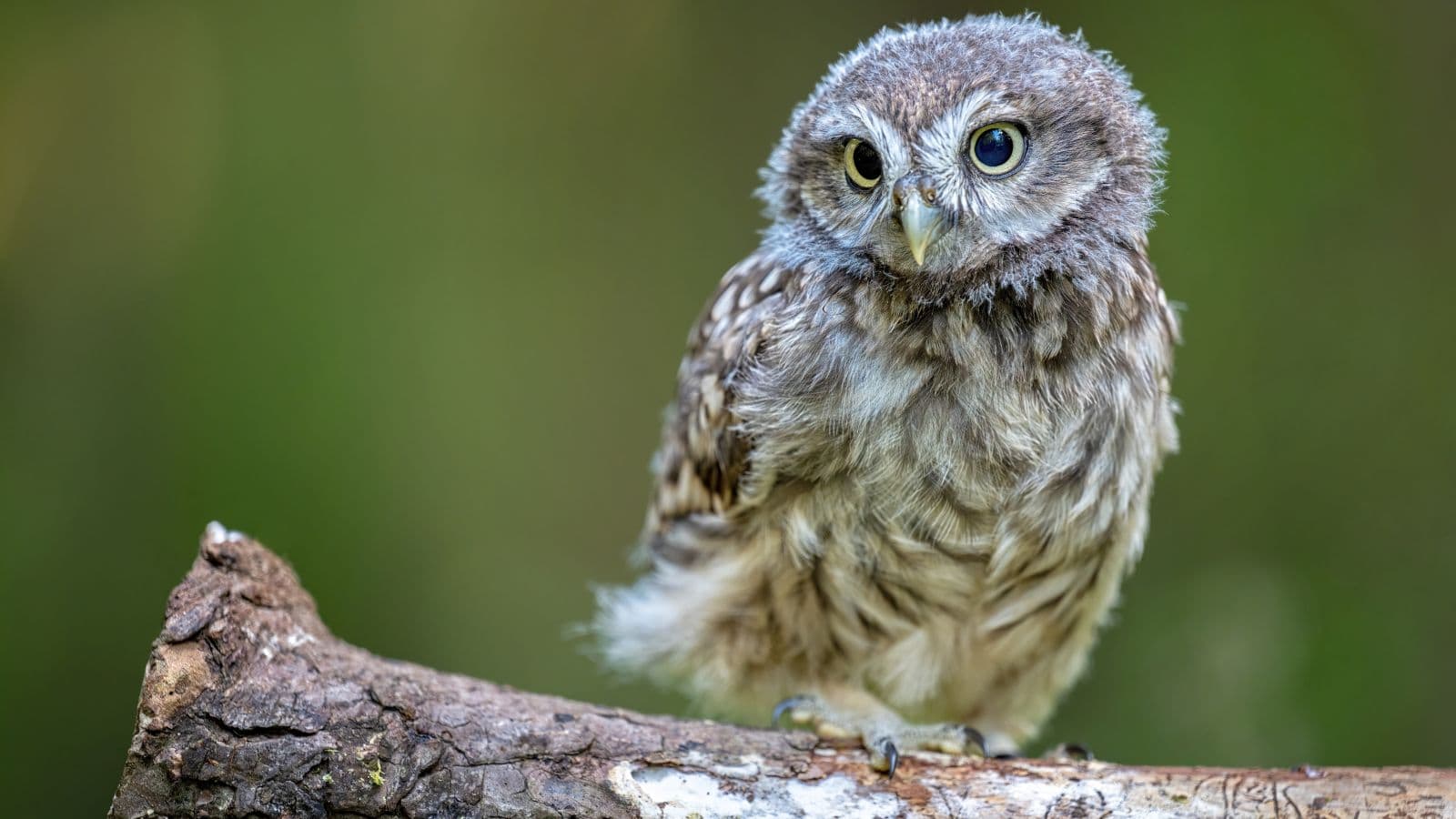
Owls are often considered wise creatures due to their quiet nature, posture, and large eyes. However, they aren’t easy to train in captivity and are known for being stubborn, and not every species can turn its head all the way around.
Anteaters
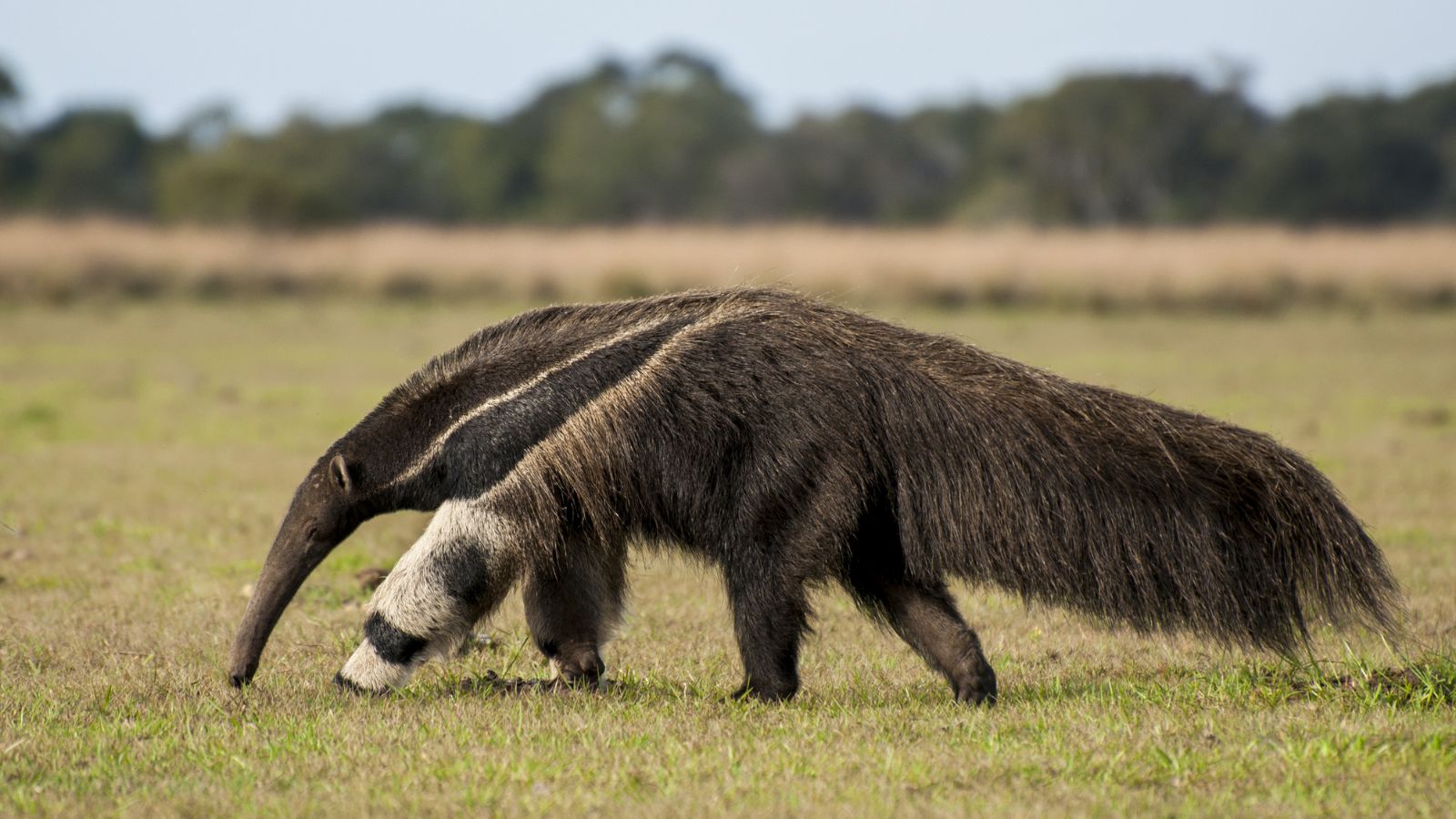
Despite their name, anteaters also eat termites, soft fruits, bird eggs, and soft-bodied grubs. Anteaters in zoos eat hard-boiled eggs, dog kibble, and ground beef. Some Americans also keep anteaters as pets.






